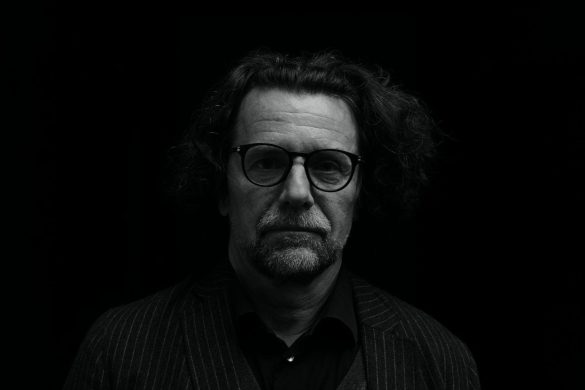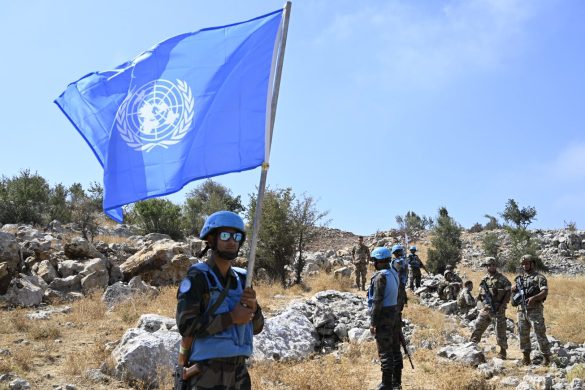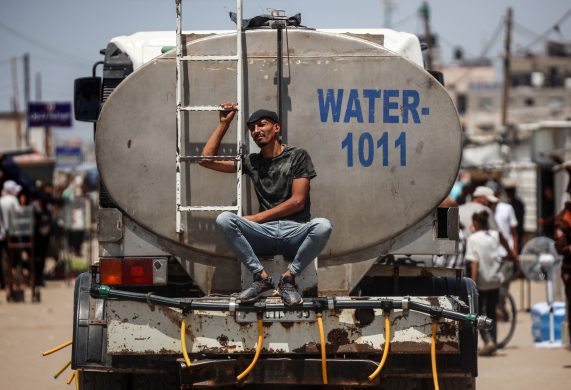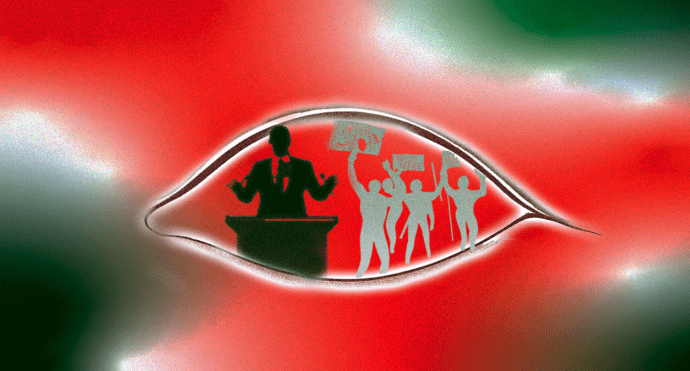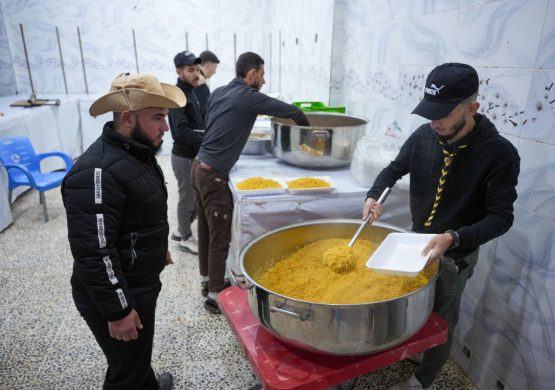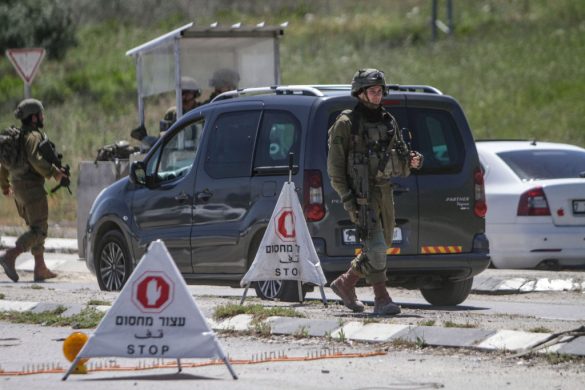Jordan og dets 5,5 millioner indbyggere er værter for 1,2 mio. flygtninge fra Syrien og 25.000 fra Irak. Men der er også små 2.000 fra Sudan og Somalia. De føler sig glemt af hjælpeorganisationerne, der har fokus på de mange flygtninge fra Syrien.
AMMAN, 5 February 2014 (IRIN): Just like thousands of refugees arriving in Jordan, Jacob Khamees experienced violence, hunger and fear in his home country. “I still remember when they attacked us, killed the animals and burned the fields,” he told IRIN.
But unlike the hundreds of thousands of refugees who have fled violence and instability in Jordan’s neighbours, Iraq and Syria, and who have often been granted housing, food and even medical care, Khamees has in his possession only two items signifying his displaced status: a UN Refugee Agency (UNHCR) file and a thin quilted blanket.
Khamees, his wife, and their two children fled to Jordan from Sudan’s Darfur region in October 2013, but with his host country’s attention firmly fixed on Syrians and Iraqis, he says that, in addition to being cold and hungry, he feels invisible and forgotten.
According to UNHCR, aside from Syrians and Iraqis, some 1,700 people registered with them as refugees and asylum seekers in the past several years. Many of them are Sudanese and Somalis.
The figures are small compared to the 1.25 million Syrians and 24,730 Iraqi refugees in Jordan. But the numbers are rising.
UNHCR Jordan reported a 140 percent increase in non-Syrian and non-Iraqi refugees in 2013 over the previous year, mainly made up of non-Arab Sudanese fleeing Darfur.
Refugees from there cite violence and the worsening humanitarian situation as their principal motives for leaving Darfur. Overall more than 400,000 people were displaced from Darfur in 2013, the UN estimates.
“We want good education for our children. That is why we fled,” said Macca Omar Adam, who came to Jordan in December 2013 with four of her children after her husband was killed, by members of the Janjaweed militias, she says.
“Miserable” conditions
Access to Khamees’s Amman home is through a narrow alley where a leaky sewage pipe regularly spills dirty water. Behind an old metal door, a hallway leads to a sparse kitchen.
“There is no food to cook,” Khamees says as he gestures to the row of crooked, empty shelves.
The kitchen stands in stark contrast to many of the rented apartments of Syrian refugees across the country, where families keep cupboards stocked with food aid from local and international aid agencies.
“It is miserable here. It feels like being in jail,” Khamees told IRIN as he sat in the single bare concrete room that he rents for 100 dinars (US$140) for his family. Gusts of winter wind push through the doorway and window frames.
Khamees’s family does not own a heater, and they are unable to pay the $14 it costs for a gas cylinder, which would last only a couple of days. They arrived in their new home days before Amman was struck by sub-zero temperatures and heavy snow.
“We had to dig in the garbage to look for wood to light a fire inside the house,” he said, “We were freezing.”
Khamees’s son Mazen, who had long suffered from a lung disease, took a turn for the worse. “We did not know where to take him, who could pay for his treatment or anything,” Khamees said.
He travelled across the city in search of help, but by the time he returned home, it was too late. Mazen had died.
Khamees’s 19-year-old wife is six months pregnant. She feels ill and weak. The loss of her child, accompanied by poor nutrition and cold weather, has left her bed-ridden.
Limited services and aid
Læs resten af artiklen på IRIN News.
Læs mere om flygtningesituationen i Jordan på UNHCRs – FNs flygtningeorganisation – hjemmeside.






